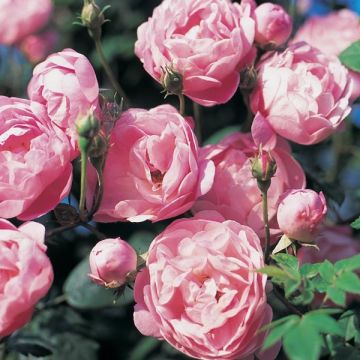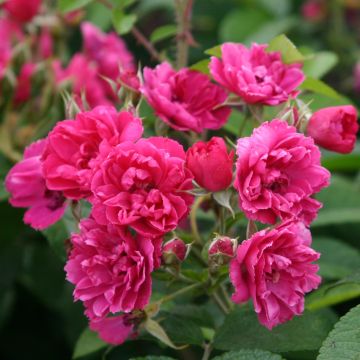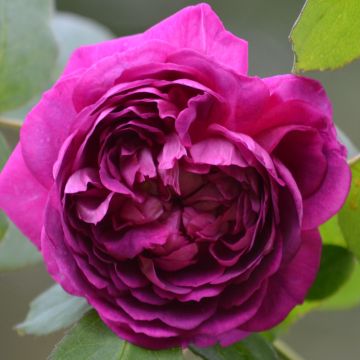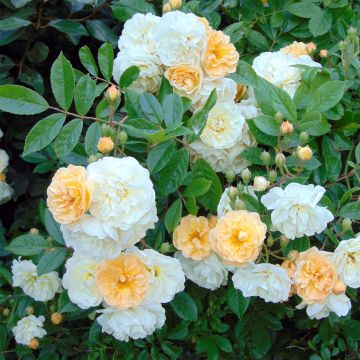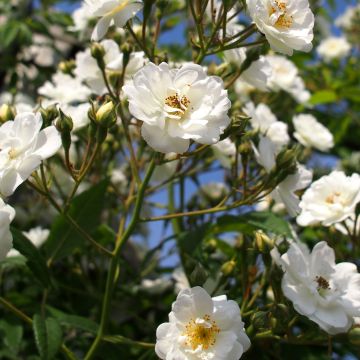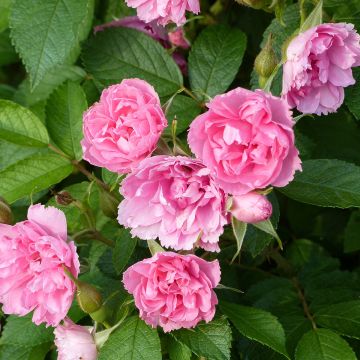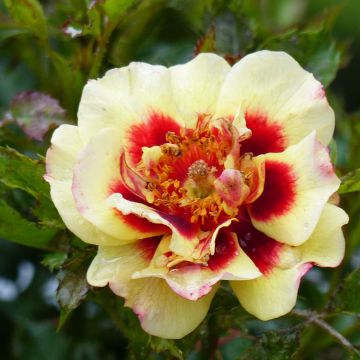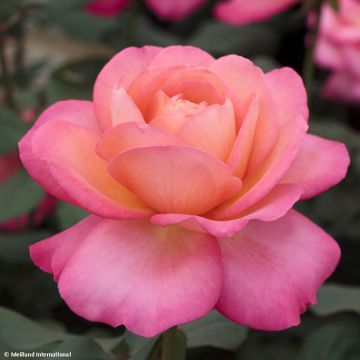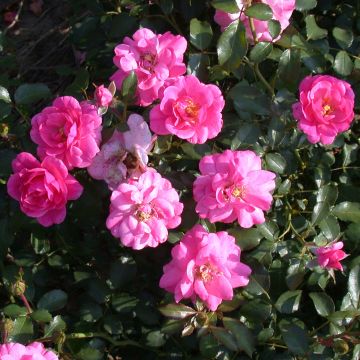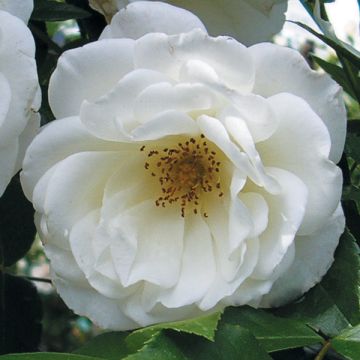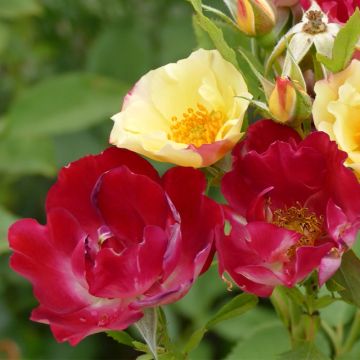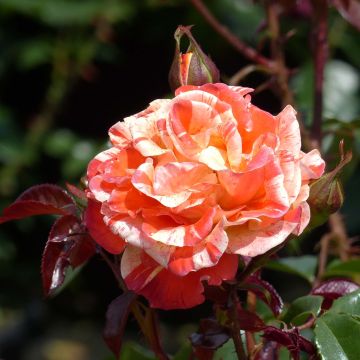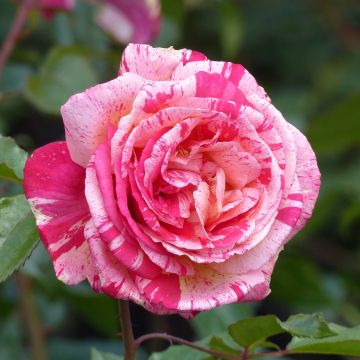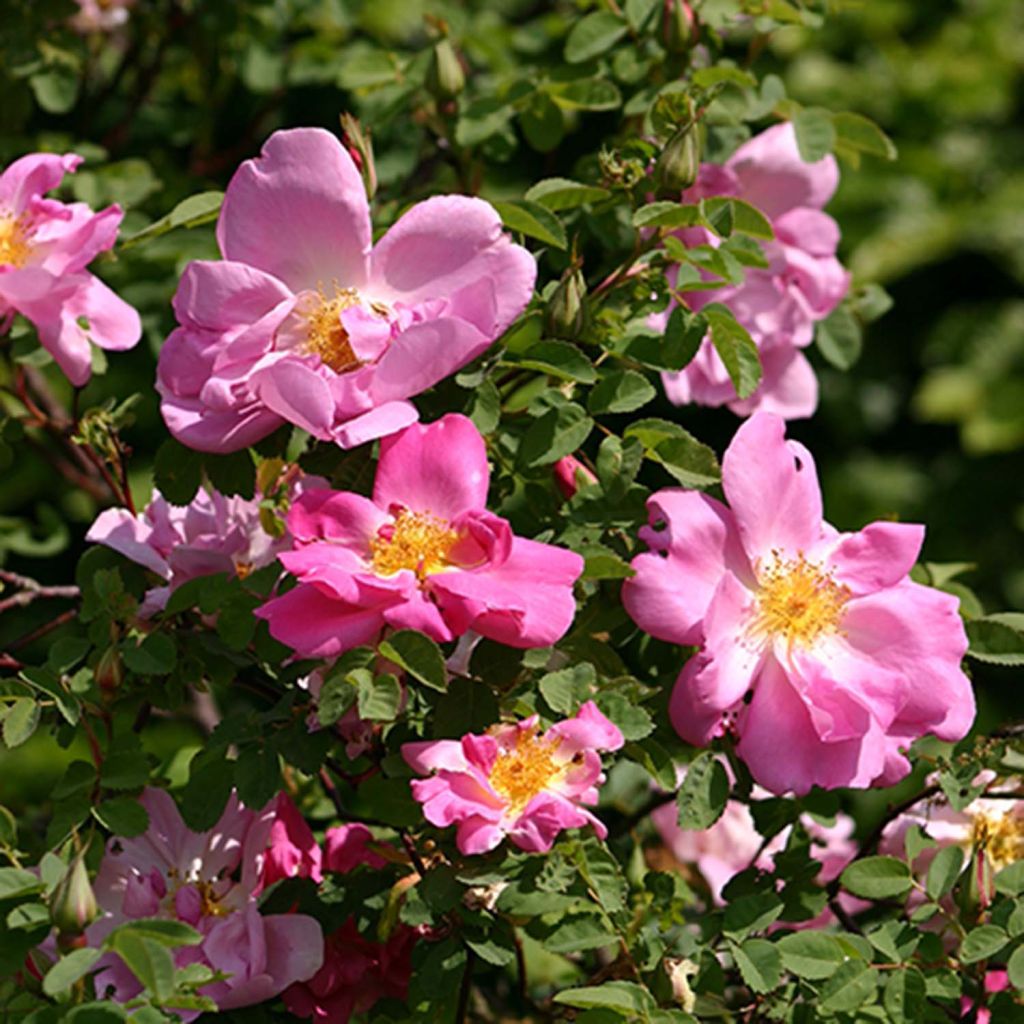

Rosa moyesii Marguerite Hilling
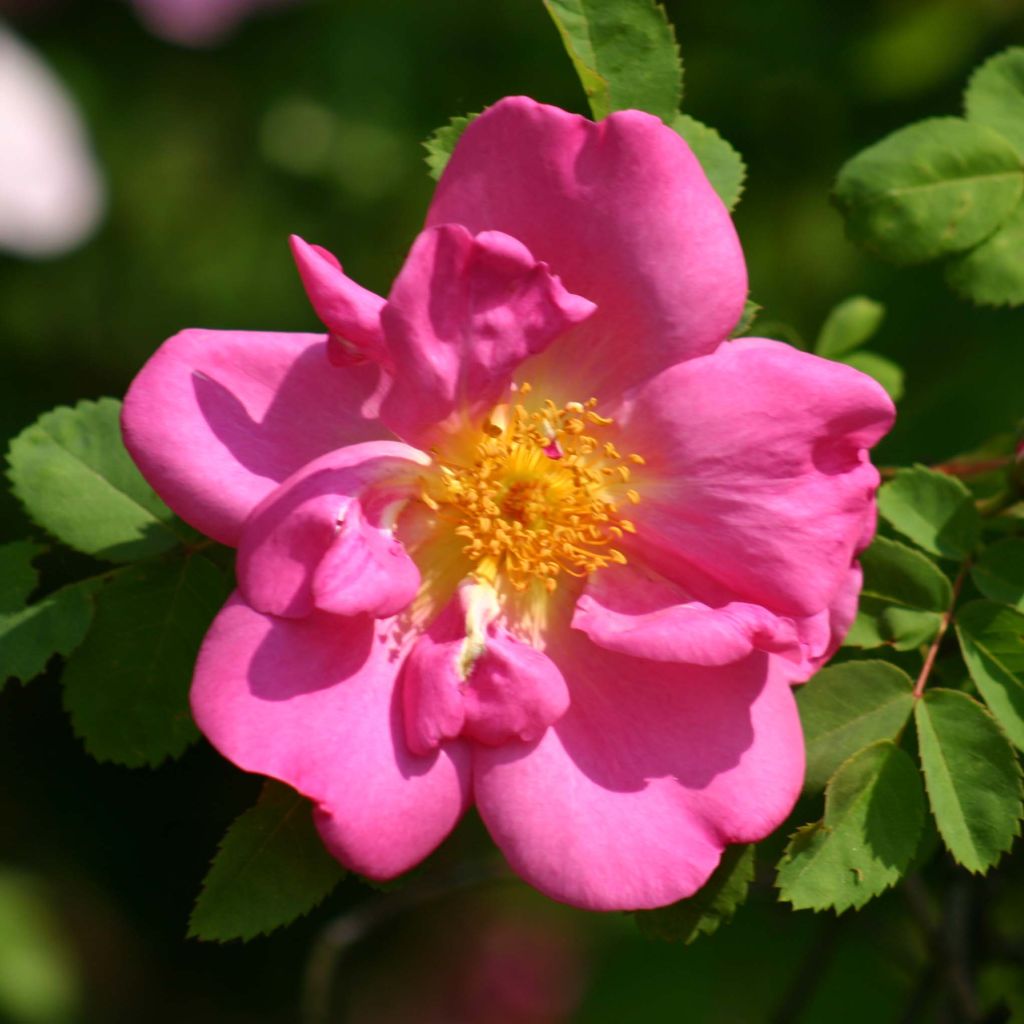

Rosa moyesii Marguerite Hilling
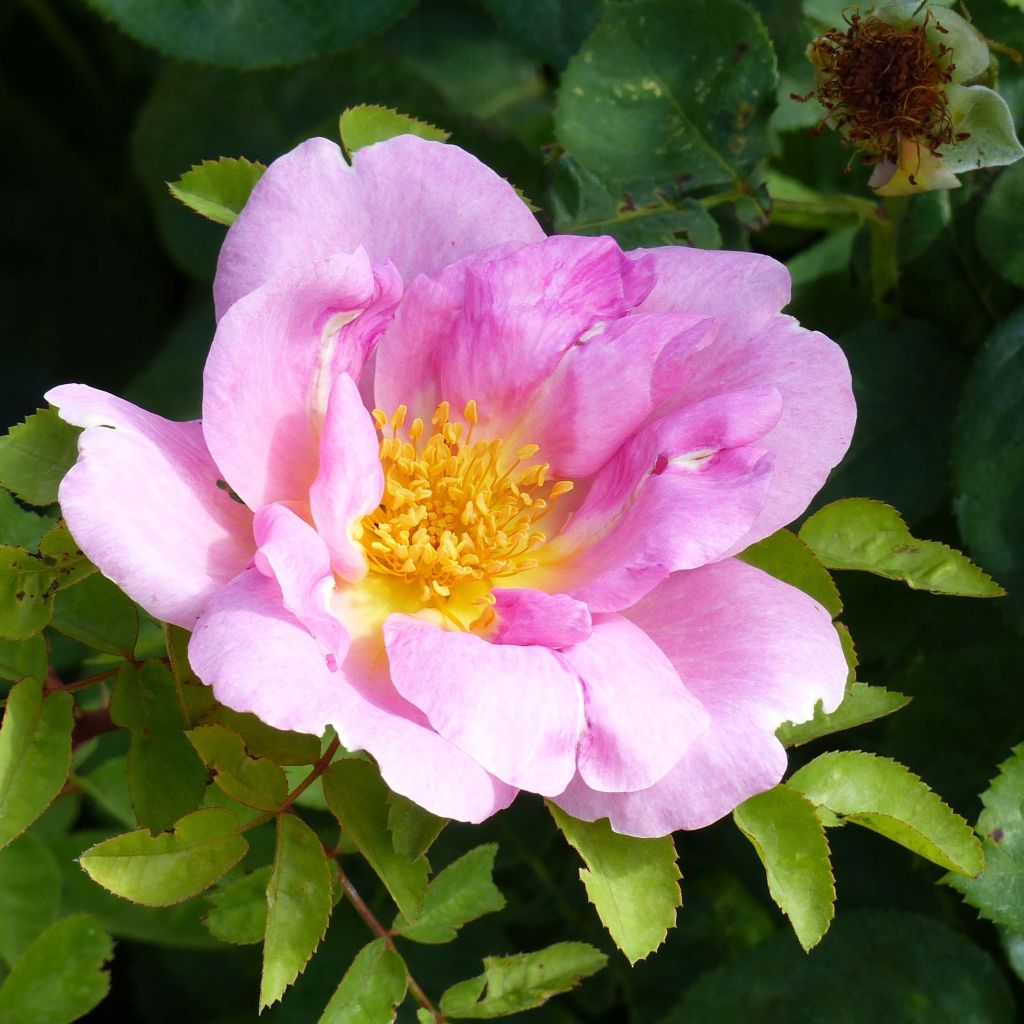

Rosa moyesii Marguerite Hilling
Rosa moyesii Marguerite Hilling
Rosa x moyesii Marguerite Hilling
Moyes Rose
This item cannot be shipped to the selected country
Delivery charge from €5.90
Delivery charge from €5.90
Delivery to Corse prohibited
More information
Schedule delivery date,
and select date in basket
This plant carries a 24 months recovery warranty
More information
We guarantee the quality of our plants for a full growing cycle, and will replace at our expense any plant that fails to recover under normal climatic and planting conditions.
From €5.90 for pickup delivery and €6.90 for home delivery
Express home delivery from €8.90.
From €5.90 for pickup delivery and €6.90 for home delivery
Express home delivery from €8.90.
Delivery to Corse prohibited: UE law prohibits the import of this plant from mainland France to Corse as part of the fight against Xylella fastidiosa. Please accept our sincere apologies.
More information
Does this plant fit my garden?
Set up your Plantfit profile →
Description
The Marguerite Hilling bush rose, just like the famous 'Nevada' from which it descends, has the charm of wild roses, as well as the floribundity of modern roses. The petals are fresh pink, slightly more mauve on the outside of the flower, and open to a beautiful heart bristling with golden stamens, somewhat like Japanese anemones. The flowering is continuous, but it is at the beginning and end of summer that it is truly generous; the bush, densely packed, gracefully bends under the weight of these pretty little roses gathered in dense clusters.
The Marguerite Hilling Rose, obtained by Hilling and commercialised since 1959, is a sport of pink flowers from the Nevada Rose. These two hybrids are officially presented as descendants of the hybridisation of a cultivated rose with Rosa moyesii. The latter is a botanical species native to the mountains of western China, discovered in 1890 by a British missionary, Father J. Moyes, and was introduced to Europe in 1894.
Marguerite Hilling's habit, a little less vigorous than that of 'Nevada', is naturally harmonious, dense, and well-proportioned. At maturity, it will reach about 1.25m (4 ft 1 in) in height and 1.50m (4 ft 11 in) in width. Its growth consists of long, slightly thorny, reddish branches that bend slightly under the weight of the flowers. To maintain this graceful habit for as long as possible, it is necessary to regularly remove dead wood. The deciduous foliage is composed of small, medium green leaflets, somewhat reminiscent of burnet roses. The flowering is very abundant in June (sometimes as early as May), in the form of clusters. Individual flowers continue to appear throughout the summer, followed by a beautiful second bloom in September. Each flower, almost single, with a flat cup shape, 5 to 8cm (2 to 3.1 in) wide, is composed of 7 to 9 petals of a fairly bright pink washed with mauve reflections, surrounding a lighter centre with golden stamens. They are slightly fragrant and do not produce hips.
Marguerite Hilling is a particularly endearing and wonderfully romantic rose. Just like Nevada, Astronomia, Canicule and many others, it has that rustic look and accommodating character that we love to find in botanical species. Elegant and natural at the same time, it deserves to be placed in isolation to be able to spread its branches laden with such light flowers comfortably and express its uniqueness. In flower beds, each gardener will give free rein by pairing it with beautiful perennial bushes such as gauras, lavenders, artemisias, or baptisia, or in front of large shrubs or botanical roses.
Report an error about the product description
Rosa moyesii Marguerite Hilling in pictures
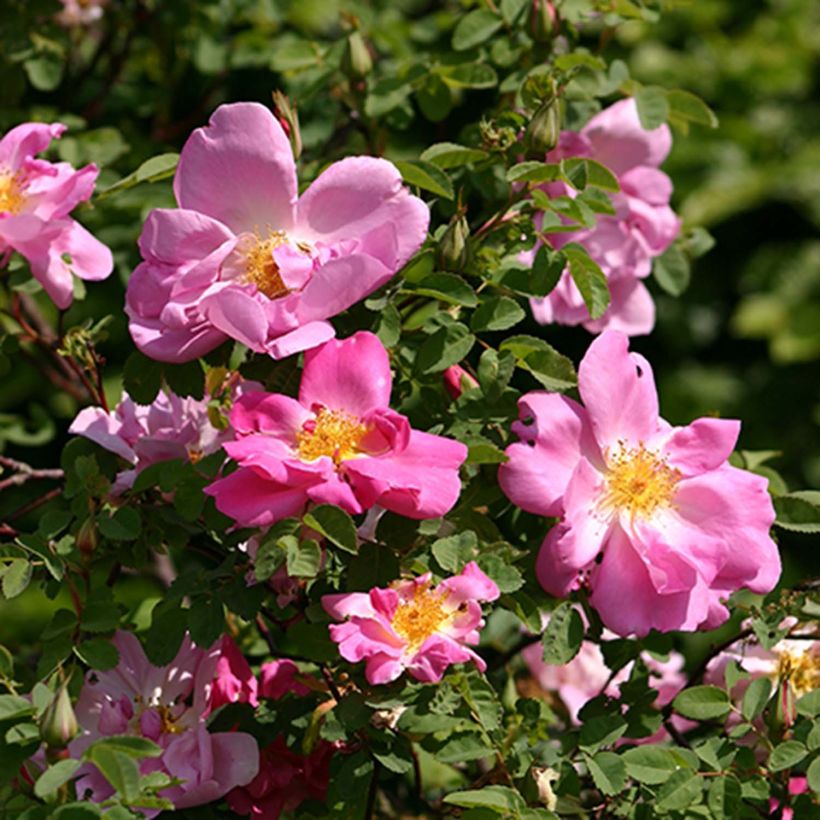

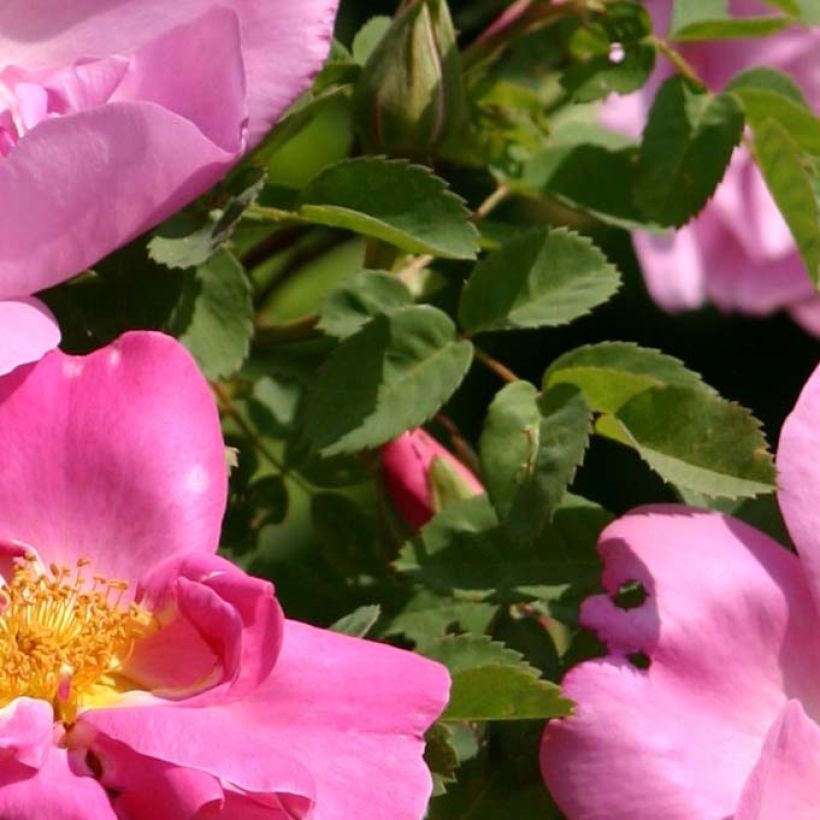

Plant habit
Flowering
Foliage
Botanical data
Rosa
x moyesii
Marguerite Hilling
Rosaceae
Moyes Rose
Cultivar or hybrid
Rosa canina Laxa (4L/5L pot, Wrapped bare root)
Other Traditional Roses
Planting and care
Plant your Marguerite Hilling shrub rose in a sunny or semi-shady location where its flowers will be protected from the strong midday rays. Roses are tolerant but do not like excessive limestone. They will adapt to any garden as long as the soil is well worked and rich enough. This rose tolerates poor soils well and is not particularly susceptible to diseases. If you notice any stained or affected leaves, remove them without delay. To plant your rose, work the soil by crumbling it and placing blood, fish and bone at the bottom of the planting hole. Water generously after planting to remove air pockets. Water regularly for a few weeks to facilitate rooting. Pruning Nevada is essential to remove old wood, as without this, the rose will eventually become weak. For pruning, choose a bud that is facing outward and cut just above at an angle. Take advantage of this pruning to remove dead wood. As the flowers bloom, remove faded flowers, as this stimulates the development of other buds.
Roses are often stained or unsightly at the end of summer, but this is not a problem for their development. These spots are not dangerous for the rose and is a natural phenomenon.
Planting period
Intended location
Care
-
, onOrder confirmed
Reply from on Promesse de fleurs
Roses by purpose
Haven't found what you were looking for?
Hardiness is the lowest winter temperature a plant can endure without suffering serious damage or even dying. However, hardiness is affected by location (a sheltered area, such as a patio), protection (winter cover) and soil type (hardiness is improved by well-drained soil).

Photo Sharing Terms & Conditions
In order to encourage gardeners to interact and share their experiences, Promesse de fleurs offers various media enabling content to be uploaded onto its Site - in particular via the ‘Photo sharing’ module.
The User agrees to refrain from:
- Posting any content that is illegal, prejudicial, insulting, racist, inciteful to hatred, revisionist, contrary to public decency, that infringes on privacy or on the privacy rights of third parties, in particular the publicity rights of persons and goods, intellectual property rights, or the right to privacy.
- Submitting content on behalf of a third party;
- Impersonate the identity of a third party and/or publish any personal information about a third party;
In general, the User undertakes to refrain from any unethical behaviour.
All Content (in particular text, comments, files, images, photos, videos, creative works, etc.), which may be subject to property or intellectual property rights, image or other private rights, shall remain the property of the User, subject to the limited rights granted by the terms of the licence granted by Promesse de fleurs as stated below. Users are at liberty to publish or not to publish such Content on the Site, notably via the ‘Photo Sharing’ facility, and accept that this Content shall be made public and freely accessible, notably on the Internet.
Users further acknowledge, undertake to have ,and guarantee that they hold all necessary rights and permissions to publish such material on the Site, in particular with regard to the legislation in force pertaining to any privacy, property, intellectual property, image, or contractual rights, or rights of any other nature. By publishing such Content on the Site, Users acknowledge accepting full liability as publishers of the Content within the meaning of the law, and grant Promesse de fleurs, free of charge, an inclusive, worldwide licence for the said Content for the entire duration of its publication, including all reproduction, representation, up/downloading, displaying, performing, transmission, and storage rights.
Users also grant permission for their name to be linked to the Content and accept that this link may not always be made available.
By engaging in posting material, Users consent to their Content becoming automatically accessible on the Internet, in particular on other sites and/or blogs and/or web pages of the Promesse de fleurs site, including in particular social pages and the Promesse de fleurs catalogue.
Users may secure the removal of entrusted content free of charge by issuing a simple request via our contact form.
The flowering period indicated on our website applies to countries and regions located in USDA zone 8 (France, the United Kingdom, Ireland, the Netherlands, etc.)
It will vary according to where you live:
- In zones 9 to 10 (Italy, Spain, Greece, etc.), flowering will occur about 2 to 4 weeks earlier.
- In zones 6 to 7 (Germany, Poland, Slovenia, and lower mountainous regions), flowering will be delayed by 2 to 3 weeks.
- In zone 5 (Central Europe, Scandinavia), blooming will be delayed by 3 to 5 weeks.
In temperate climates, pruning of spring-flowering shrubs (forsythia, spireas, etc.) should be done just after flowering.
Pruning of summer-flowering shrubs (Indian Lilac, Perovskia, etc.) can be done in winter or spring.
In cold regions as well as with frost-sensitive plants, avoid pruning too early when severe frosts may still occur.
The planting period indicated on our website applies to countries and regions located in USDA zone 8 (France, United Kingdom, Ireland, Netherlands).
It will vary according to where you live:
- In Mediterranean zones (Marseille, Madrid, Milan, etc.), autumn and winter are the best planting periods.
- In continental zones (Strasbourg, Munich, Vienna, etc.), delay planting by 2 to 3 weeks in spring and bring it forward by 2 to 4 weeks in autumn.
- In mountainous regions (the Alps, Pyrenees, Carpathians, etc.), it is best to plant in late spring (May-June) or late summer (August-September).
The harvesting period indicated on our website applies to countries and regions in USDA zone 8 (France, England, Ireland, the Netherlands).
In colder areas (Scandinavia, Poland, Austria...) fruit and vegetable harvests are likely to be delayed by 3-4 weeks.
In warmer areas (Italy, Spain, Greece, etc.), harvesting will probably take place earlier, depending on weather conditions.
The sowing periods indicated on our website apply to countries and regions within USDA Zone 8 (France, UK, Ireland, Netherlands).
In colder areas (Scandinavia, Poland, Austria...), delay any outdoor sowing by 3-4 weeks, or sow under glass.
In warmer climes (Italy, Spain, Greece, etc.), bring outdoor sowing forward by a few weeks.

































